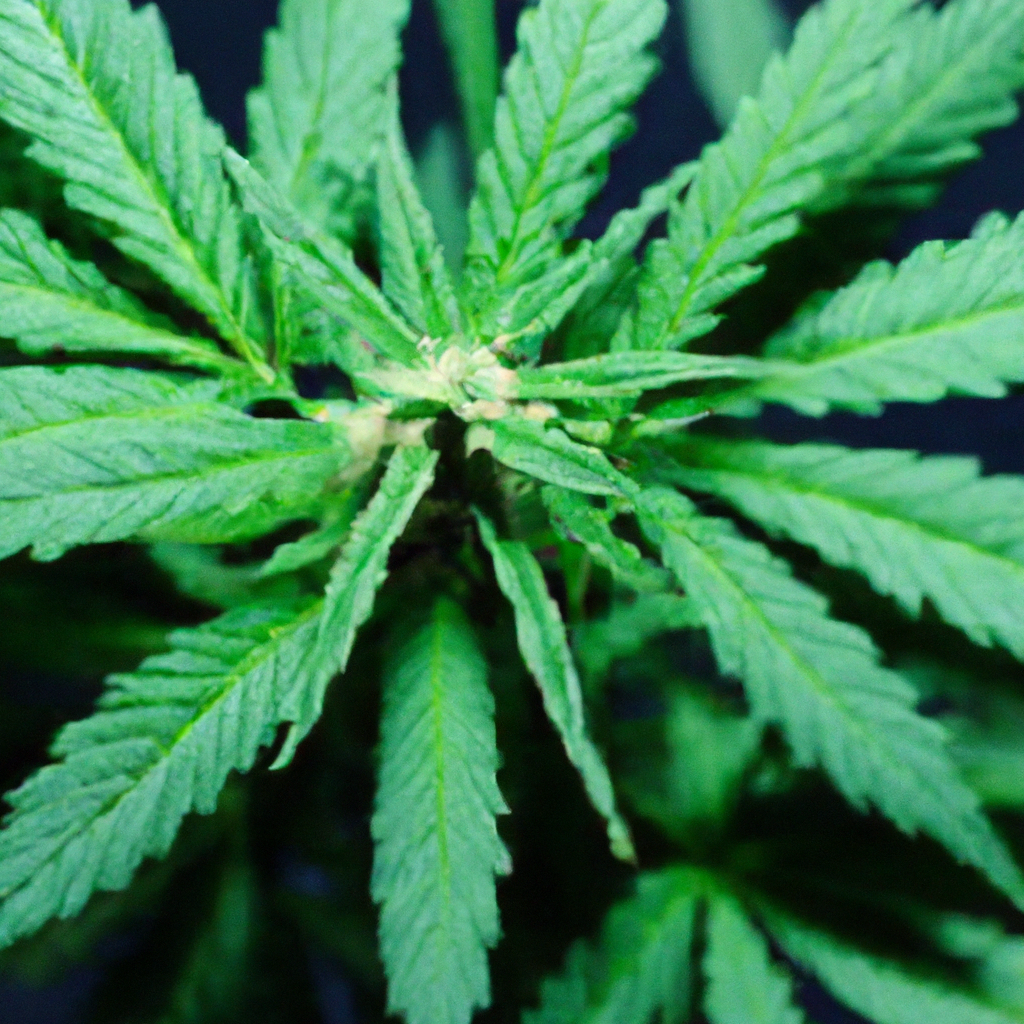Your cart is currently empty!
As the cannabis industry grows, so does the conversation about the environmental impacts of its cultivation. With increasing legalization, both outdoor and indoor growing operations have surged. Understanding the ecological footprint of cannabis cultivation is essential for promoting sustainability and minimizing its effects on the environment. In this article, we’ll explore key environmental concerns and provide insights into sustainable practices.
Water Usage: A Precious Resource
Water consumption is a significant concern in cannabis cultivation, particularly in regions already facing water scarcity. Cannabis plants require substantial amounts of water, and irresponsible usage can deplete local water supplies. Sustainable practices in water management are crucial to mitigating this impact.
- Drip Irrigation: This method delivers water directly to the plant’s roots, reducing evaporation and runoff. It’s an efficient way to optimize water usage.
- Rainwater Collection: Growers can harvest rainwater for irrigation, lessening their reliance on municipal sources.
Energy Consumption: The Hidden Cost of Indoor Cultivation
Indoor cannabis cultivation demands high energy use for lighting, heating, and ventilation systems. This can lead to a hefty carbon footprint. Transitioning to renewable energy sources and energy-efficient technologies can help reduce environmental impact.
- LED Lighting: Compared to traditional High-Pressure Sodium (HPS) lamps, LED lights consume significantly less electricity and produce less heat.
- Solar Panels: Installing solar panels can provide a sustainable energy source, easing the reliance on non-renewable energy.
Pesticides and Soil Health
The use of chemical pesticides not only affects soil health but also has broader ecological repercussions. Soil degradation leads to reduced agricultural productivity and can harm surrounding ecosystems.
- Organic Pest Control: Utilizing biological controls like beneficial insects can manage pests without adverse environmental effects.
- Compost and Organic Fertilizers: Using organic material improves soil fertility without the harmful consequences of synthetic fertilizers.
Waste Management: Going Green
From plant waste to packaging, the cannabis industry generates substantial waste. Implementing efficient waste management strategies is vital to promote sustainability.
- Composting: Transforming plant waste into compost enriches soil quality and reduces landfill contributions.
- Recyclable Packaging: Opting for biodegradable or recyclable packaging can significantly minimize the environmental footprint.
Conclusion: Stepping Towards a Greener Future
As cannabis cultivation continues to expand, sustainable practices are not merely beneficial but essential. By adopting water-efficient systems, energy-saving technologies, organic pest controls, and effective waste management, the cannabis industry can significantly reduce its environmental impact. Moving forward, prioritizing sustainability will be crucial to harmonizing growth with environmental conservation.
For more information about sustainable practices within the cannabis industry, stay informed by following the latest news and research.
Discover more from Magic Clones
Subscribe to get the latest posts sent to your email.
2 responses to “The Environmental Impact of Cannabis Cultivation”

The blog post’s exploration of sustainable cannabis cultivation practices is both timely and crucial, given the industry’s rapid expansion and environmental impact. As someone deeply engaged in cultivation, I appreciate the emphasis on innovative water and energy-saving techniques like drip irrigation and LED lighting. These methods resonate with my experiences in Colorado, where conserving resources is vital due to our arid climate and high energy demands for indoor grows.
The inclusion of organic pest control and soil health strategies aligns with the sustainable approaches I’ve championed. Utilizing beneficial insects and organic fertilizers not only supports plant health but also enriches the ecosystem, a practice I’ve found indispensable for maintaining high-quality yields.
I’m eager to hear how other cultivators are integrating sustainable practices in their unique environments. What challenges have you faced, and what solutions have proven effective? Sharing these insights can enhance our collective understanding and commitment to eco-friendly cultivation.
For those interested in further exploring sustainable cannabis practices, I invite you to visit [MagicGreenGrow.com](http://magicgreengrow.com), where I share insights from my decades of experience. Let’s continue this conversation, driving

The integration of storytelling and technology in cannabis cultivation presents a fascinating frontier. Blockchain for traceability and AI for optimizing growth could indeed revolutionize our practices, making them more sustainable and transparent. 🌿🔍 One perspective I’d add is using lunar-aligned growing to complement AI-driven insights. By syncing tech with natural rhythms, like moon phases, we might further enhance plant vitality and even boost terpene profiles. 🌙✨
Has anyone experimented with combining traditional wisdom and cutting-edge tech in their growing practices? Would love to hear any stories or outcomes! 🌱💬


Leave a Reply